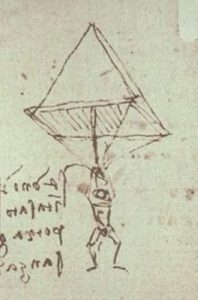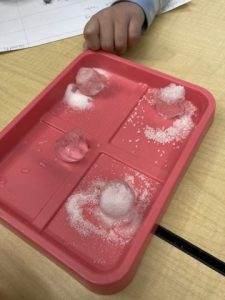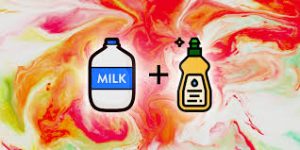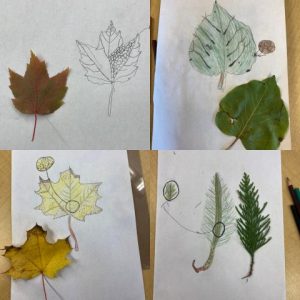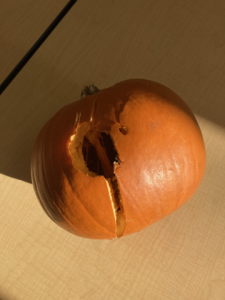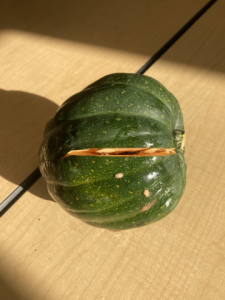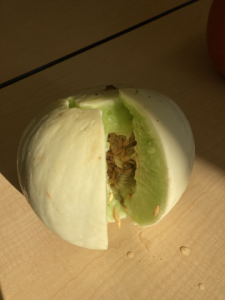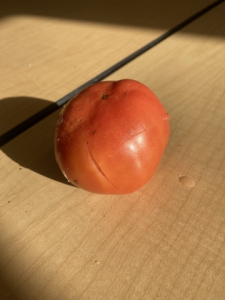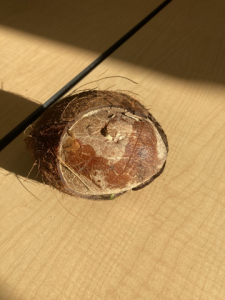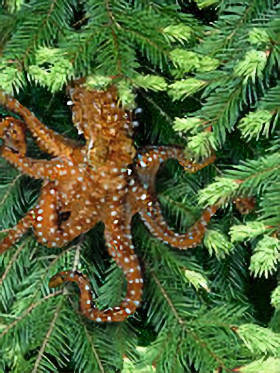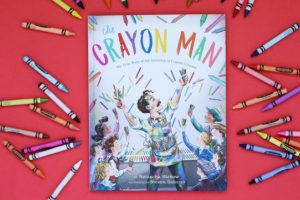
Today, we learned about the inventor of Crayola crayons. Edwin Binney was a fantastic, successful innovator because he worked hard, listened to others, and always wanted to solve problems. He heard many children complain that the old style of crayons weren’t bright enough, were too bulky, and too expensive. So, with his team, Edwin created a new kind of crayon… the Crayola crayon!
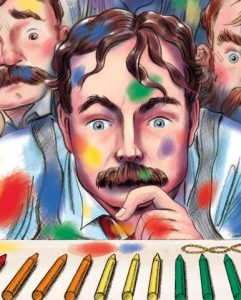
Over the next few weeks, we will be learning about innovators and inventors like Edwin Binney, Leonardo Da Vinci, and many more!
Check out the video below to see how Crayola crayons are made today!

